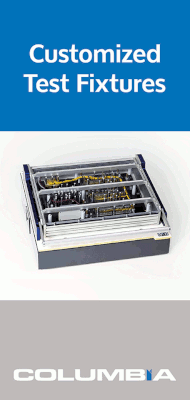Sponsrat innehåll från Broadband Tecchnology AB – A CODICO Company
Display & Interfaces
In addition to parameters such as size, resolution, or brightness, when choosing a display developers must also consider the control interface.
The display interface is an important component, since it is responsible for transferring the image to be displayed from the computer to the screen as efficiently as possible. On the one hand, the choice will depend on the interfaces offered by the panel manufacturers and, on the other, one must also take into account the parameters of the controlling CPU.
The following is an overview of what I refer to as the "internal interfaces" and for which type of displays the respective interfaces normally are used.
I²C (Inter-Integrated Circuit, or I2C)
This interface is used in small displays with low resolution, since the data speed required for the transmission of image information does not need to be so high. Naturally, these are small TFTs with up to 320x240 pixels, graphic LCDs, or PMOLED displays.
Advantages:
- low energy consumption
- insensitive to interference
- simple application and troubleshooting
- bandwidth up to 1Mbit/sec
- Simple implementation
- Longer lines possible
- Faster than I²C
- Bandwidth up to approx. 10Mbit/sec
- Easy integration in the system
- Also suitable for medium-size displays
- Bandwidth up to approx. 120Mbit/sec
- Relatively low costs as a result of its mature technology
- High performance
- Bandwidth up to 1.2Gbit/s
- Low power consumption
- Very good EMC behaviour
- Small number of lines
- Bandwidth up to 3.125Gbit/s
- Scalable
- Easy integration
- Low system costs
- Bandwidth of 1.62Gbits/s per lane
- Low energy consumption
- High data throughput
- Little electromagnetic interference
- Small number of pins
- Bandwidth up to 6/12Gbit/s
- It is possible to use standard cables
- No software adjustment
- Bandwidth up to 4 Gbit/s


